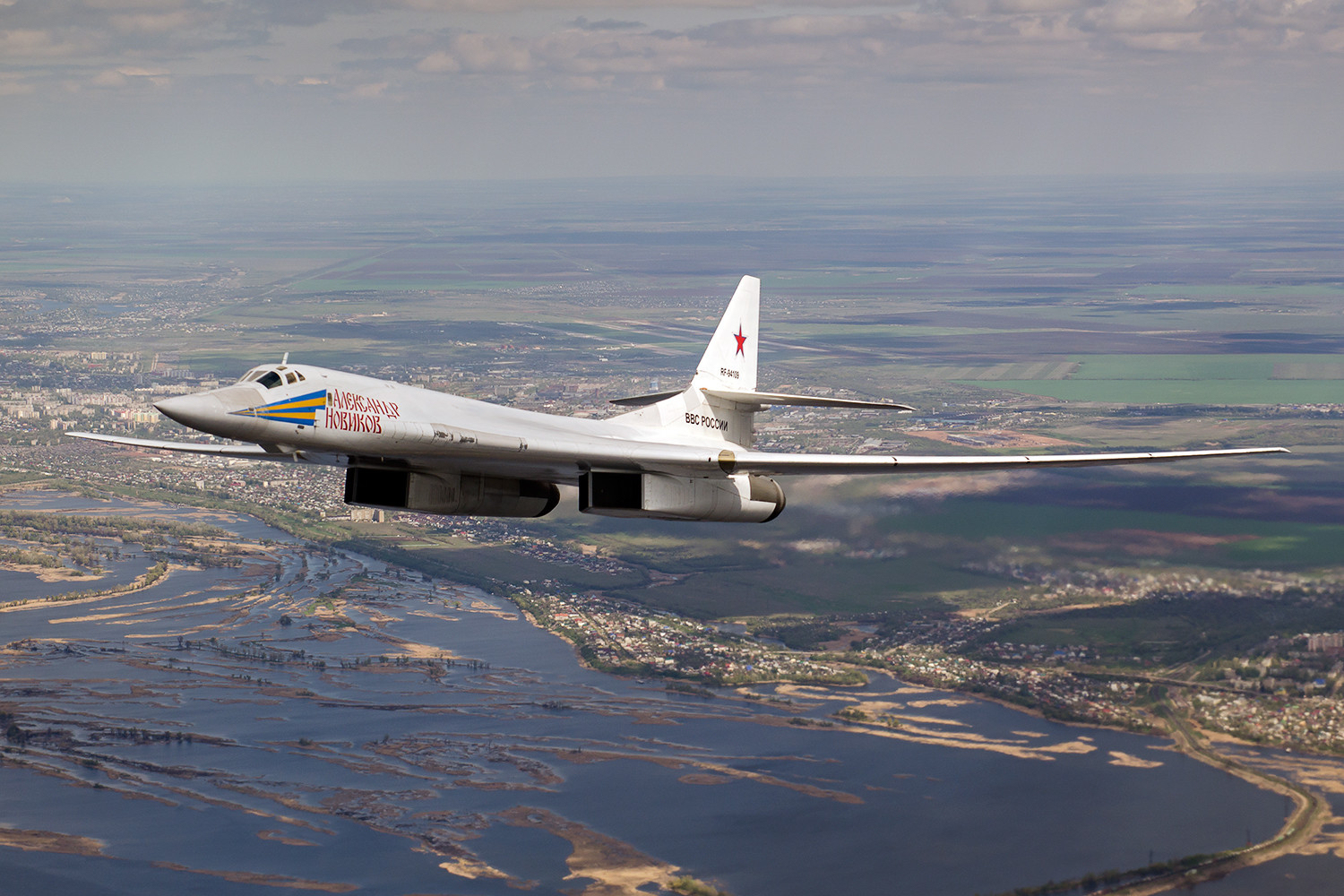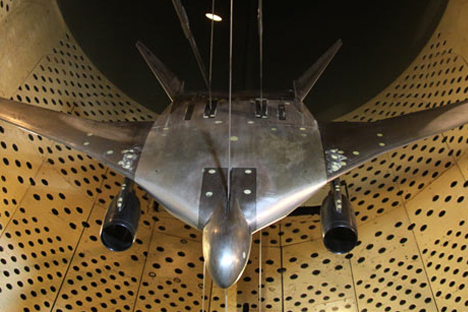Russia's ‘White Swan’: a new strategic bomber

Tu-160.
Alex Beltyukov/wikipedia.orgRussia's Defence Ministry has opted to develop a medium-term replacement for the ‘Prospective Long-Range Aerial System’ (the PAK DA, a new-generation strategic bomber/missile carrier – ed.) aircraft given the4 delays that the project is facing. The new-generation strategic bomber will be based on the Soviet Tupolev Tu-160 aircraft.
A defence industry source said the project could become one of the Defence Ministry's most expensive programmes in the 2020s. The source said the project cost is comparable to the Borei project, to develop new nuclear-powered submarines equipped with Bulava missiles; between $5 and 7 billion.
"As yet, it is unclear how much the upgrade will affect the whole aircraft: will it be only the avionics that get updated, or the engines, ammunition, cooling and navigation systems, and so on, as well? The cost of the Tu-160M2 project will vary depending on these aspects, and could reach five to seven billion dollars," the source said.
What kind of aircraft will the new Tu-160M2 be?
The Tu-160, or the ‘White Swan’, as pilots have called it, is the most powerful supersonic bomber/missile carrier in the history of military aviation.
Valery Solozobov, Deputy General Director for Design and R&D at Tupolev, said the Tu-160M2 will represent a revolutionary design solution, even if it looks like the previous version.
"In particular, the aircraft will have the most advanced electronics, and will also be equipped with innovative electronic warfare and fire control solutions," said Solozobov.
According to Solozobov, the aircraft has been enhanced in line with contemporary requirements, and will have systems to make it invulnerable to the air defence and missile defence systems of a potential enemy, whether current or in development.
"In terms of its external appearance, the 'White Swan' will retain an integral low-wing configuration (with the wing passing through the bottom of the fuselage: Ed.) with a variable-sweep wing. It will have tricycle landing gear and an all-moving tail-plane and fin," he said.
Solozobov explained that all the components of the Tu-160M2 were being made by Russian companies, and the sanctions against Russia would have no effect on the production of the new aircraft.
Viktor Bondarev, Commander-in-Chief of the Russian Air Force, said the aircraft would make its maiden flight in early 2019, and mass production was likely to start in 2023. The Defence Ministry, he said, plans to buy at least 50 Tu-160M2 aircraft.
What kind of weapons will the new Tu-160M2 be able to carry?
"The term 'missile carrier' highlights the bomber's capacity to use both nuclear and non-nuclear cruise missiles. These include new-generation Kh-101 and Kh-555 long-range cruise missiles," said a defence industry source.
According to the source, the aircraft would also be capable of carrying Kh-55SM cruise missiles with inertial guidance.
"The Tu-160 may be equipped with any types of nuclear and conventional bombs: armour-piercing, concrete-piercing, cluster, naval mines, and so on. The combined weight of these weapons can be up to 40 tonnes," said the source, a military expert.
The new aircraft would be able to hit targets outside the engagement zone of existing air defence and missile defence systems. The Tu-160M2, said the source, would be one of the few aircraft capable of circling the globe, by refuelling twice in mid-air.
Specifications of the "basic" Tu-160
Crew: 4
Length: 54.10 m (177 ft 6 in);
Height: 13.10 m (43 ft 0 in);
Wingspan: 35.60 m (116 ft 9¾ in) / 55.70 m (189 ft 9 in)
Empty weight: 110,000 kg (242,505 lb)
Maximum takeoff weight: 275,000 kg (606,260 lb)
Fuel weight: 148,000 kg (326,280 lb)
Maximum speed:
- 2200 km/h (1,380 mph) at 10 km (32,800 ft)
- 1030 km/h (640 mph) at 3 km (9840 ft)
Maximum range without refuelling: 18,950 km (11775 miles)
Combat radius: 6000 km (3725 miles)
Service ceiling: 22,000 m (72,175 ft)
All rights reserved by Rossiyskaya Gazeta.
Subscribe
to our newsletter!
Get the week's best stories straight to your inbox
